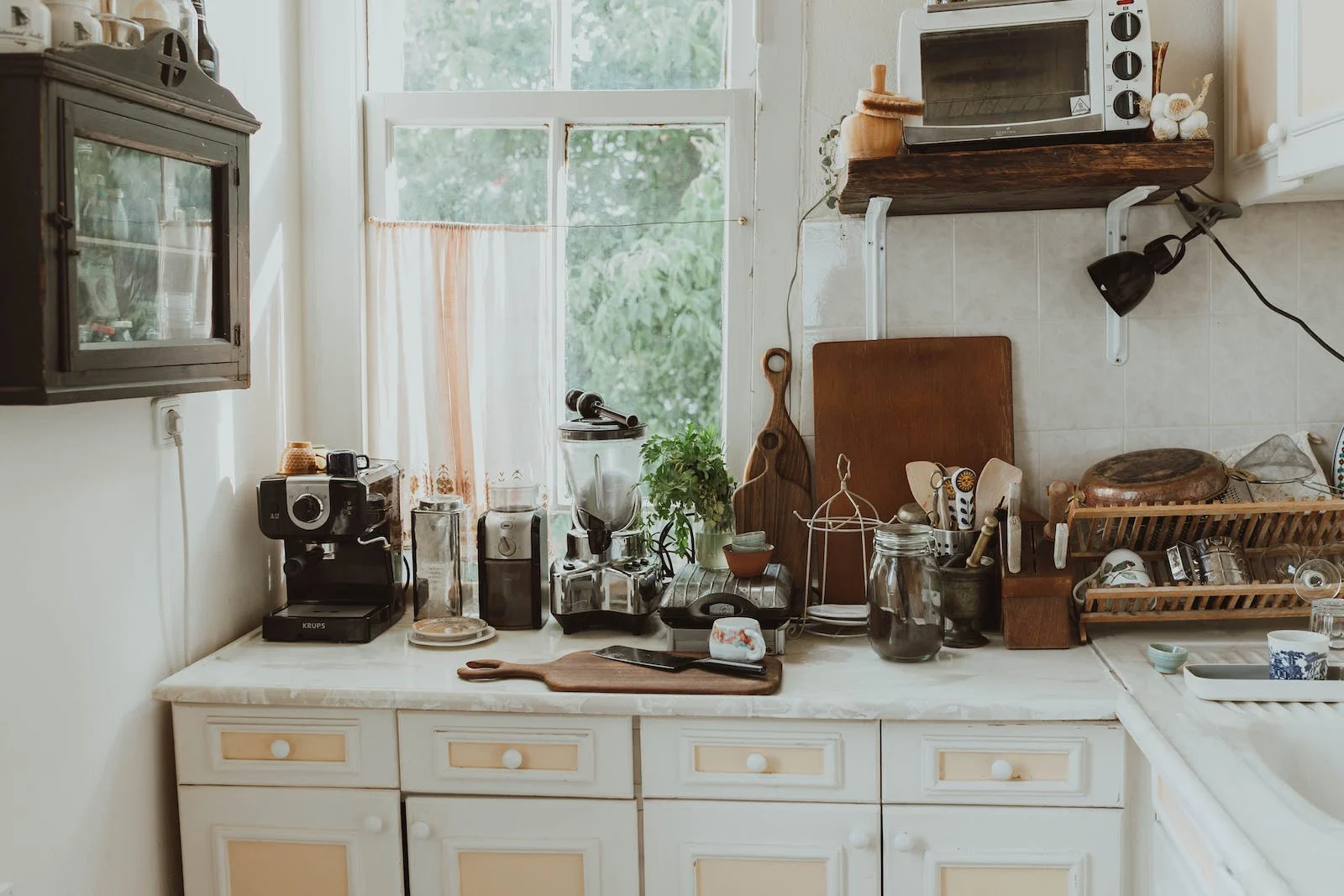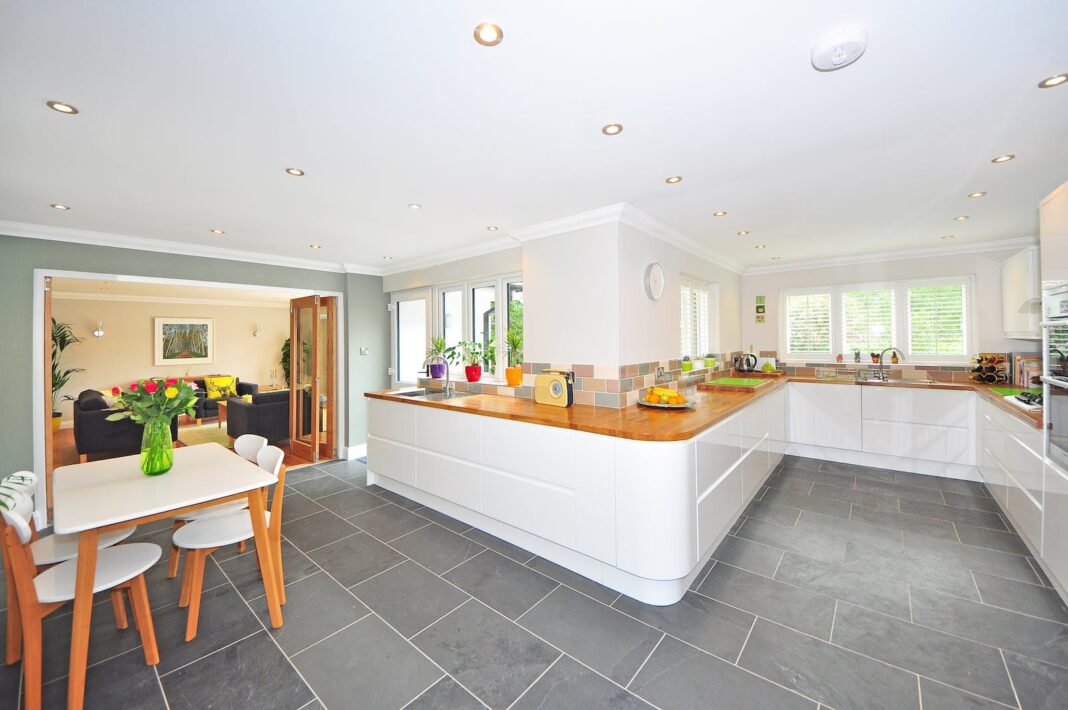Eight Guidelines for Choosing the Right Kitchen Design in Denver
Kitchens are the heart of any home. They’re where families gather to cook, eat and socialize. Having a fantastic kitchen design can make your home feel new again.
To get the right design for your kitchen, consult an independent designer. Most will provide a free initial consultation to talk about original concepts and relevant topics, including their design prices and timetables.
1. Consider the Space
A kitchen designer’s job is more than picking out faucets and cabinets. They should also understand how your family uses the kitchen.
For instance, if you entertain guests often, a double island may be an option that suits your needs. It can serve as a buffet, bar, or dining area. It’s a great way to expand counter space without sacrificing floor area.

2. Think About Light
Any kitchen design Denver can be improved with a carefully considered lighting plan. To draw attention to open shelving, artwork, architectural details, and other focus points in the kitchen, think about adding accent lighting.
Remember that electric lighting cannot match the natural light of daylight. That’s why it’s crucial to accurately measure your space before choosing the right kitchen design. It will ensure you get the most out of your kitchen remodel investment.
3. Think About Storage
A good kitchen design should include quality storage solutions. Shelves and drawers should be easily accessible, making finding and using items easier.
Keep frequently used tools in the kitchen, such as a notepad for writing grocery lists or reminders. Put a corkboard or chalkboard on a wall to keep a calendar and notepad visible.
Plan landing space near appliances so hot dishes can be placed without burning a cook’s hands.

4. Think About the Appliances
There are many sources of kitchen-design help. Many architects and interior designers design kitchens, and design-build firms can handle both the design and construction tasks.
Some designers offer services hourly, while others charge a percentage of the total project cost. Some designers also sell products and may set a separate showroom fee. It’s essential to understand how these fees are structured.
5. Think About the Lighting
The proper kitchen lighting can make your space feel warm and inviting. It includes ambient lighting that gives the room a soft glow and accent lighting to highlight features such as a dramatic backsplash or an open shelving display.
Decorative fixtures like chandeliers and sconces also offer a beautiful finishing touch to your kitchen. It’s essential to communicate with your contractor about the type of lighting you want so they can install the infrastructure during the remodel.
6. Think About the Finishes
Choosing finishes and fixtures is a significant part of the kitchen design process. Getting hung up on details like faucet style or paint color is easy.
Embossed cabinet hardware is one way to add a little personality to your kitchen. You can also choose to use glass-front cabinets for a more modern aesthetic. It can also save space by eliminating the need for upper cabinets.
7. Think About the Accessories
A few decorative touches can add visual depth to your kitchen. However, ensure they don’t overwhelm the space and draw too much attention away from its functional features.
For example, you could opt for a handle less design with Blum hinges to create a sleek look. It can be easier to open and makes a great statement piece.
8. Think About the Finishing Touches
Regarding kitchen design, the finishing touches can make or break the space. For example, adding a decorative backsplash is a great way to introduce a stylistic element to your kitchen.
It’s crucial to remember that the backsplash should be manageable for your counters. Also, consider using matte textured surfaces instead of glossy ones, which can help with cleaning.
In addition to choosing countertops and backsplash materials, you should also think about what style of cabinetry you want. Backsplashes can add a lot of color and texture to your kitchen design, so choose one that complements your countertop and fits your overall vision for the space.
Ask your designer or contractor to draw up a floor plan for your kitchen – you can even do it on graph paper. It helps ensure your new kitchen perfectly suits your lifestyle and home design goals.
Kitchens aren’t just for cooking. They’re the heart of a home and can be used for dining, relaxing, studying, entertaining, and more. Choosing the right kitchen design can make these crucial functions even more enjoyable.
Some finishing touches can also have a significant impact. Consider things like backsplash designs, woodwork detailing, and custom hardware. They’re a great way to show your personality and interior design style!
